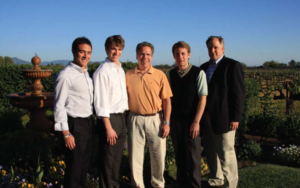Many women first become aware of how prevalent chemicals are in items used day-to-day when they first become mothers. The same happened to Jessica Alba. When she first became a mother she read about how many toxins were in diapers and other items used on babies. Rather than using them anyway, she wanted to create products free from anything that could harm her children.
Alba created the Honest Company. Though she already had a name that could lead her to instant success, she still struggled. She wasn’t a natural business leader, and the majority of the board she hired were men. They didn’t always see eye to eye because she saw the end goal, while they thought more of the finances and timeline.
Eventually the business she was dreaming of was built. Not only did she have safe diapers, but sunscreen, laundry detergent, and other natural products.

